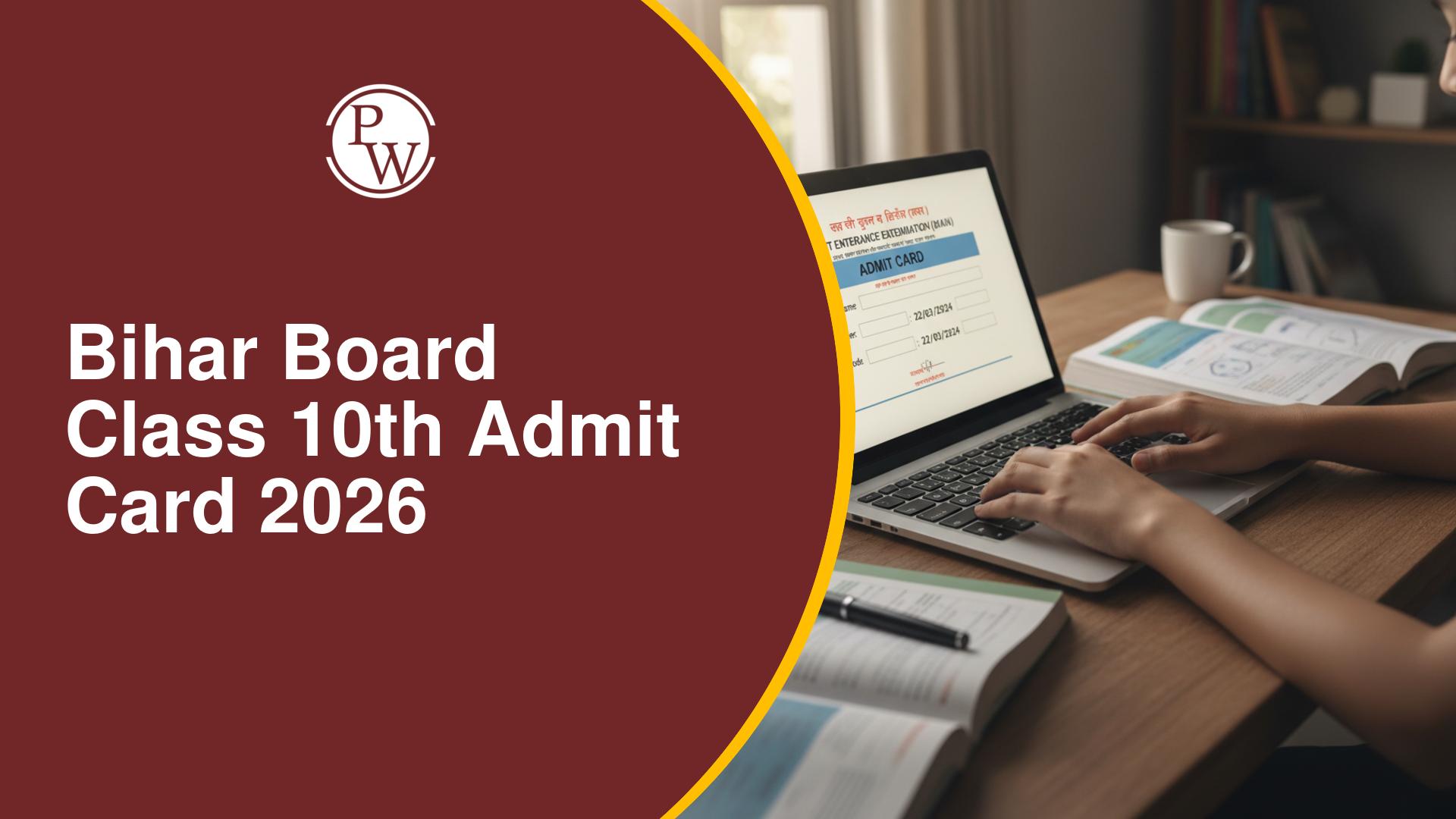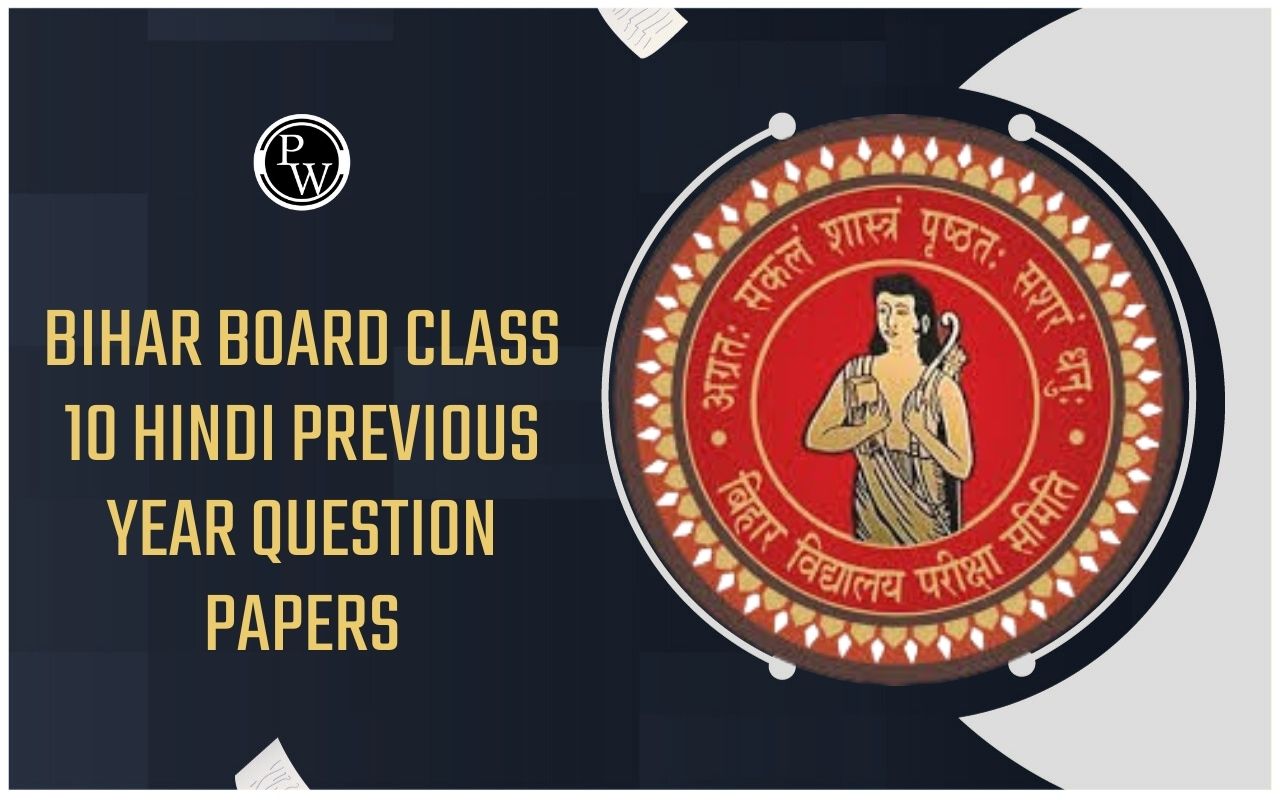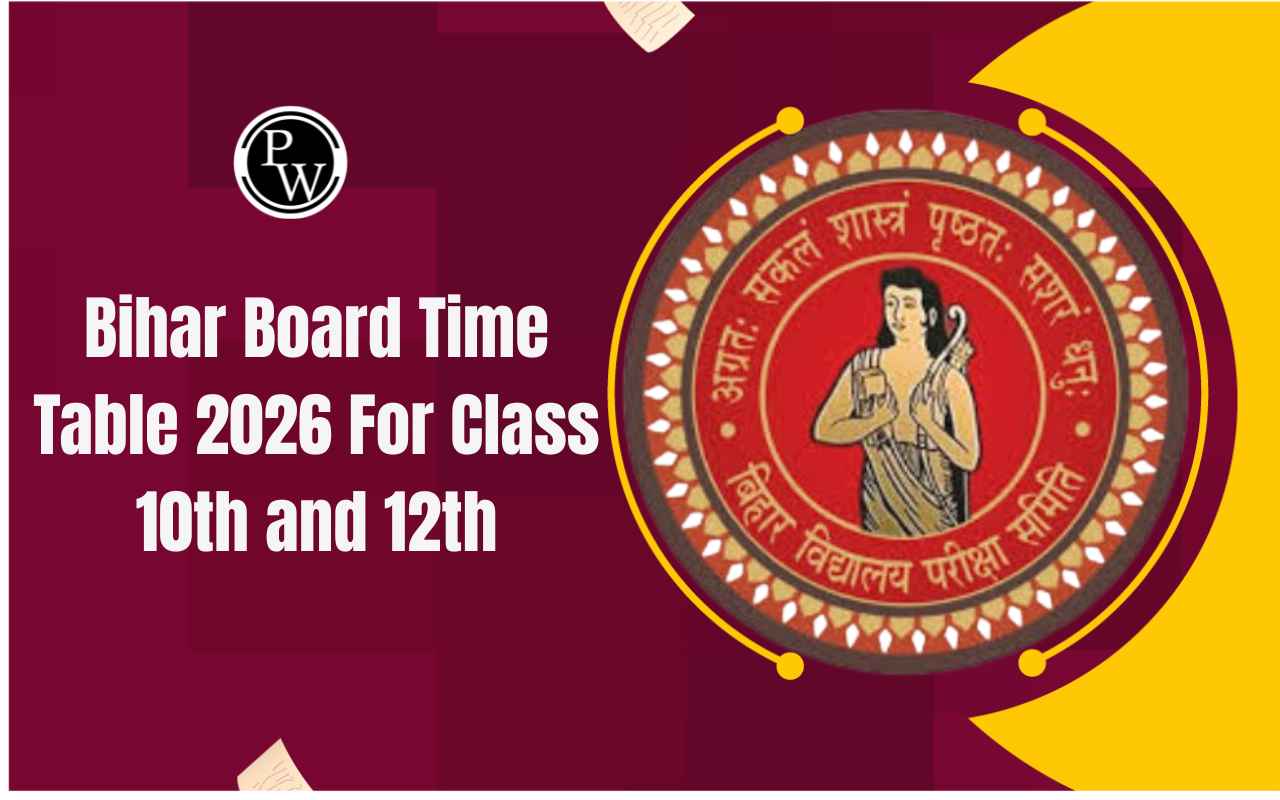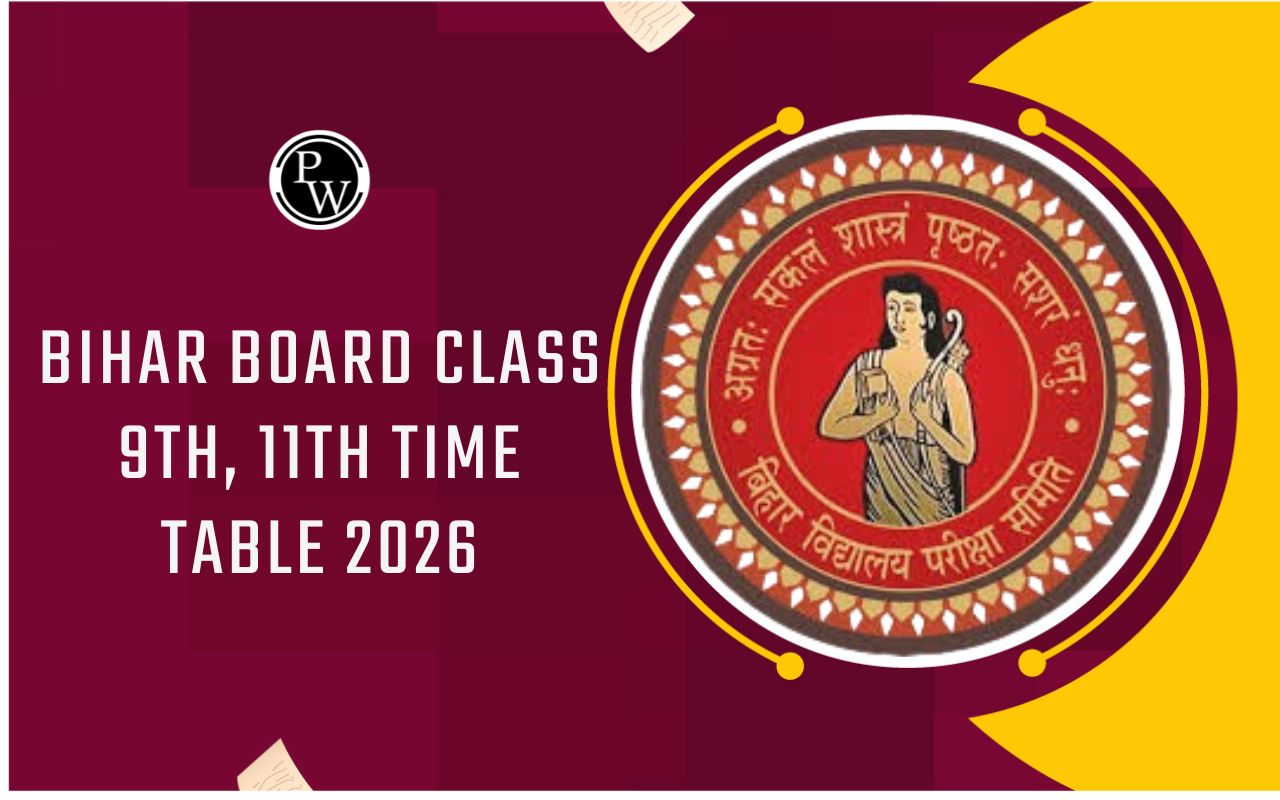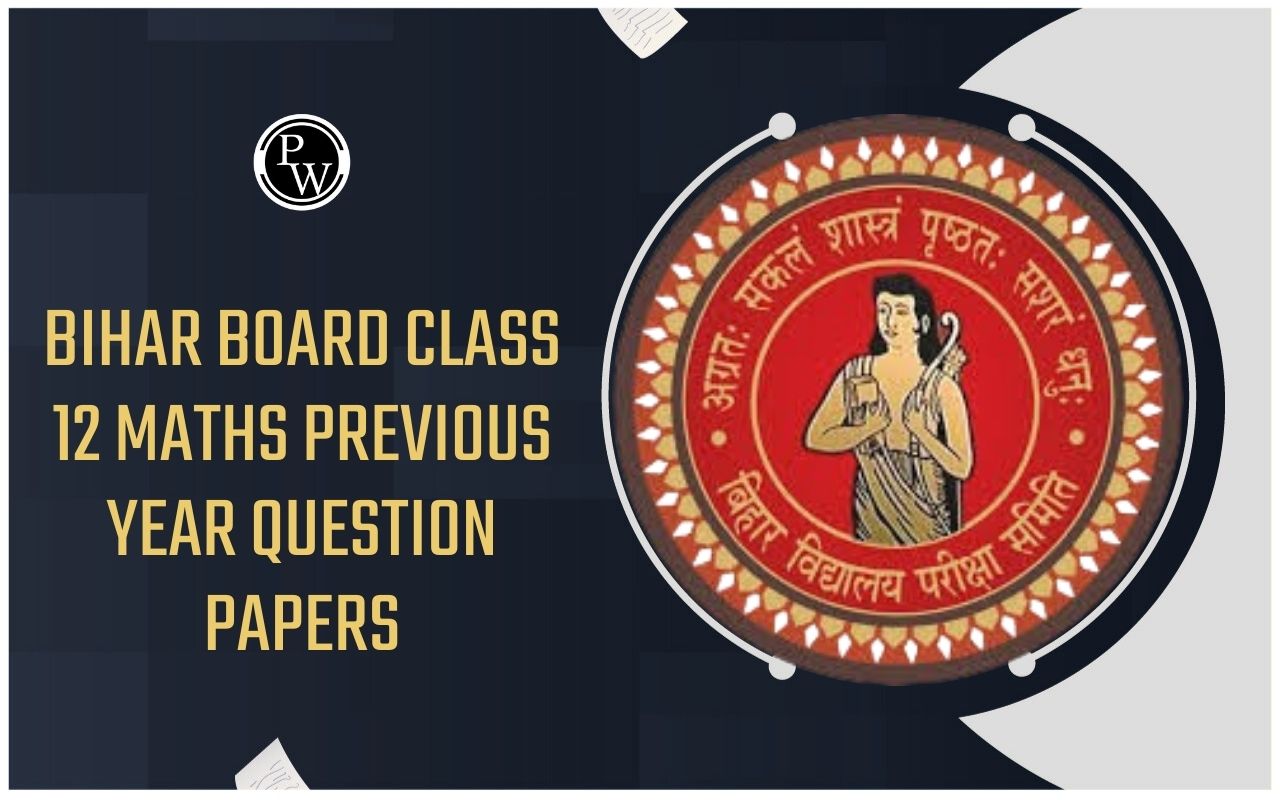
Bihar Board Class 11 Physics Syllabus 2025-26: The Bihar School Examination Board (BSEB) released the official syllabus for Class XI and XII together subject-wise in both Hindi and English language to ensure easy access of the syllabus to students across the state.
The Bihar Board examination syllabus includes theoretical as well as language subjects like Hindi, Marathi, Sanskrit and more. Core academic subjects like Mathematics, Physics, Chemistry, Biology, and English are structured to help students develop a strong conceptual base. These subjects are essential not only for board exams but also for future competitive exams and higher education pursuits.
ihar Board Class 11 Chemistry Syllabus
Bihar Board Class 11 Physics Syllabus 2026 Overview
The Bihar Board exams are conducted to prepare students for higher education and competitive exams. The board follows the NCERT curriculum which helps students develop a clear understanding of fundamental concepts in Physics, and builds a strong base for exams like JEE, NEET, and other science-based entrance tests.
The syllabus covers a wide range of topics such as Motion, Laws of Motion, Thermodynamics, Waves, and Oscillations, which are not only crucial for board exams but also for competitive examinations.
Bihar Board Class 11 Maths Syllabus
Bihar Board Class 11 Physics Syllabus 2026 Marking Scheme
Bihar Board Class 11 Physics Syllabus 2026 not only outlines the chapters and topics to be covered, but also provides a detailed marking scheme for each unit. It is important for students to understand the weightage of each unit as it allows them to prioritize their preparation and focus more on high-scoring sections.
Units such as Kinematics, Oscillations and Waves, and Laws of Motion carry 10 marks each and require thorough preparation. To boost performance, students must refer to previous years' question papers to identify important topics and question patterns frequently asked in the exams.
The Physics marks is divided in this way:
-
Theory Exam (70 Marks)
-
Practical Exam (30 Marks)
|
Bihar Board Class 11 Physics Syllabus 2026 Marking Scheme |
||
|
Unit No. |
Topic |
Marks |
|
I |
Physical World & Measurement |
03 |
|
II |
Kinematics |
10 |
|
III |
Laws of Motion |
10 |
|
IV |
Work, Energy & Power |
06 |
|
V |
Motion of System of Particles & Rigid Body |
06 |
|
VI |
Gravitation |
05 |
|
VII |
Properties of Bulk Matter |
08 |
|
VIII |
Heat & Thermodynamics |
07 |
|
IX |
Behaviour of Perfect Gas & Kinetic Theory of Gases |
05 |
|
X |
Oscillations & Waves |
10 |
|
|
Total |
70 |
Bihar Board Class 11 Biology Syllabus
Bihar Board Class 11 Physics Syllabus 2026 PDF Download
The Bihar Board syllabus PDF helps students keep a check on their preparation level. To make the most of their study time, students must regularly revisit the syllabus, identify their weak areas, and begin their preparation with high-scoring and concept-heavy chapters.
This strategic approach ensures better time management and improved performance in exams. For convenience, the official Bihar Board Class 11 Physics syllabus has been provided below:
Bihar Board Class 11 Physics Syllabus 2026
Bihar Board Class 11 Physics Syllabus 2026 Practical
The Bihar Board Class 11th Syllabus for Physics 2026 for Practical includes basic measurement-based experiments and concept-based activities. Students get to work with instruments like the Vernier Callipers, Screw Gauge, and Spherometer to perform fundamental tasks such as measuring diameter, volume, and radius of curvature.
Here is the list of experiments and activities students need to perform to score well in the practicals. The practical assessment carries 30 marks.
|
Bihar Board Class 11 Physics Syllabus 2026 Practical |
|
Section A (Experiments) |
|
1. Use of Vernier Callipers: (i) to measure diameter of a small spherical / cylindrical body. (ii) to measure dimensions of a given regular body of known mass and hence find its density. (iii) to measure internal diameter and depth of a given beaker / Calorimeter and hence find its volume. |
|
2. Use of Screw Gauge: (i) to measure diameter of a given wire. (ii) to measure thickness of a given sheet. (iii) to measure volume of an irregular lamina. |
|
3. To determine radius of curvature of a given spherical surface by a spherometer. |
|
4. To determine the mass of two different objects using a beam balance. |
|
5. To find the weight of a given body using parallelogram law of vectors. |
|
6. Using a simple pendulum plot L - T and L - T² graphs. Hence find the effective length of a second’s pendulum using appropriate graph. |
|
7. To study the relationship between forces of limiting friction and normal reaction and to find the coefficient of friction between a block and a horizontal surface. |
|
8. To find the downward force, along an inclined plane, acting on a roller due to gravitational pull of the earth and study its relationship with the angle of inclination by plotting graph between force and sine θ. |
|
Section A (Activity) |
|
1. To make a paper scale of given least count e.g. 0.2 cm, 0.5 cm. |
|
2. To determine mass of a given body using a meter scale by principle of moments. |
|
3. To plot a graph for a given set of data, with proper choice of scales and error bars. |
|
4. To measure the force of limiting friction for rolling of a roller on a horizontal plane. |
|
5. To study the variation in the range of a jet of water with the angle of projection. |
|
6. To study the conservation of energy of a ball rolling on an inclined plane (using a double inclined plane). |
|
7. To study dissipation of energy of a simple pendulum by plotting a graph between square of amplitude and time. |
|
Section B (Experiments) |
|
1. To determine Young’s modulus of elasticity of the material of a given wire. |
|
2. To find the force constant and effective mass of a helical spring by plotting T²–m graph using method of oscillations. |
|
3. To study the variation in volume with pressure for a sample of air at constant temperature by plotting graphs between P and V, and between P and 1/V. |
|
4. To determine the surface tension of water by capillary rise method. |
|
5. To determine the co-efficient of viscosity of a given viscous liquid by measuring the terminal velocity of a given spherical body. |
|
6. To study the relationship between the temperature of a hot body and time by plotting a cooling curve. |
|
7. (i) To study the relationship between frequency and length of a given wire under constant tension using sonometer. (ii) To study the relation between the length of a given wire and tension for constant frequency using sonometer. |
|
8. To find the speed of sound in air at room temperature using a resonance tube by two resonance positions. |
|
9. To determine specific heat capacity of a given: (i) solid (ii) liquid by the method of mixtures. |
|
Section B (Activities) |
|
1. To observe change of state and plot a cooling curve for molten wax. |
|
2. To observe and explain the effect of heating on a bi-metallic strip. |
|
3. To note the change in level of liquid in a container, on heating and interpret the observations. |
|
4. To study the effect of detergent on surface tension of water by observing capillary rise. |
|
5. To study the effect of heating on the rate of loss of heat of a liquid. |
|
6. To study the effect of load on depression of a suitable clamped meter scale loaded – (i) at its end (ii) in the middle. |
Bihar Board Class 11 Physics Syllabus 2026 Benefits
-
Students must give attention to each unit since the syllabus sets a strong foundation for Class 12 and competitive exams like JEE, NEET, and NDA.
-
Since the Bihar Board follows the NCERT curriculum, students must prepare from the NCERT books and practice questions from it as the exam is based on the NCERT.
-
The Physics syllabus requires students to understand the concept rather than memorizing them, especially the numerical and the graphs. Theoretical subjects require a deeper understanding for concept retention.
-
Concepts like motion, energy, and waves link directly with Maths, Chemistry, and even Biology (e.g., biophysics), making the overall learning experience more interconnected and logical.
-
With a 30-mark practical component, students will be able to focus on practical knowledge with the help of experiments, measurements, and observations.
Bihar Board Class 11 Physics Syllabus 2025-26 FAQs
Is the Bihar Board Class 11 Physics syllabus based on NCERT?
Are numerical questions important in Bihar Board Class 11 Physics exams?
What is the syllabus of Bihar Board Class 11 Physics for 2026?
Has there been any change in the Class 11 Physics syllabus 2026 Bihar Board?

